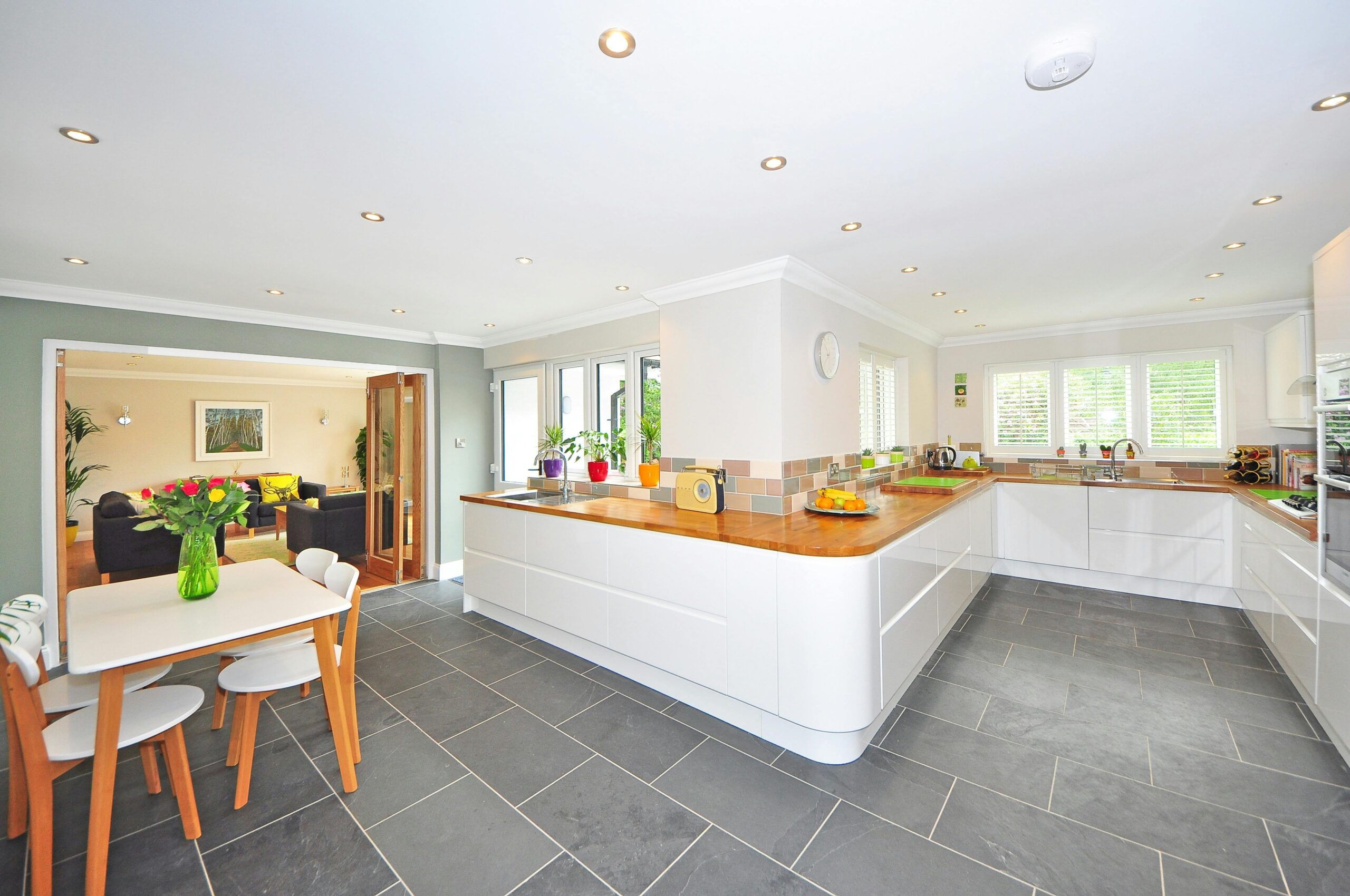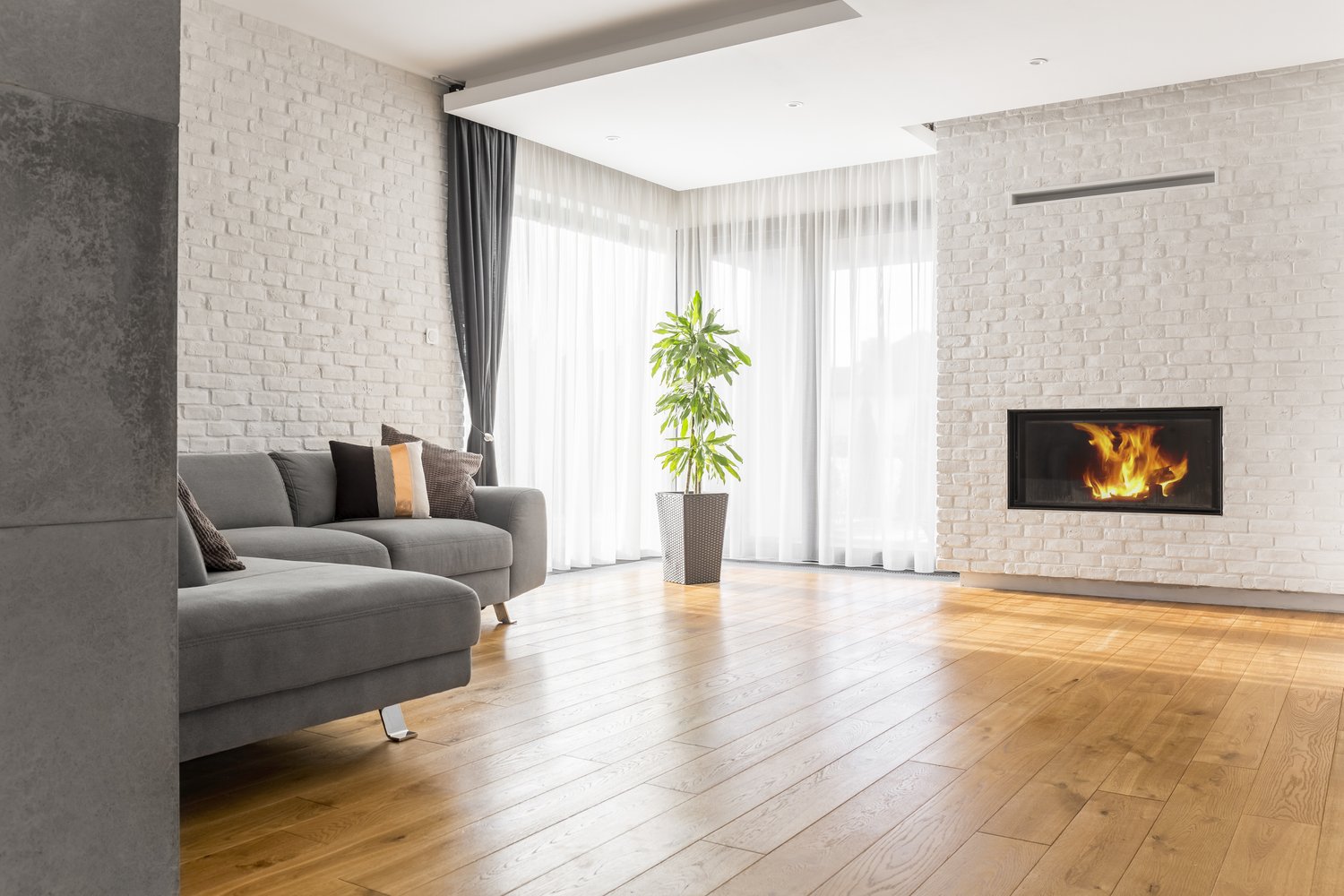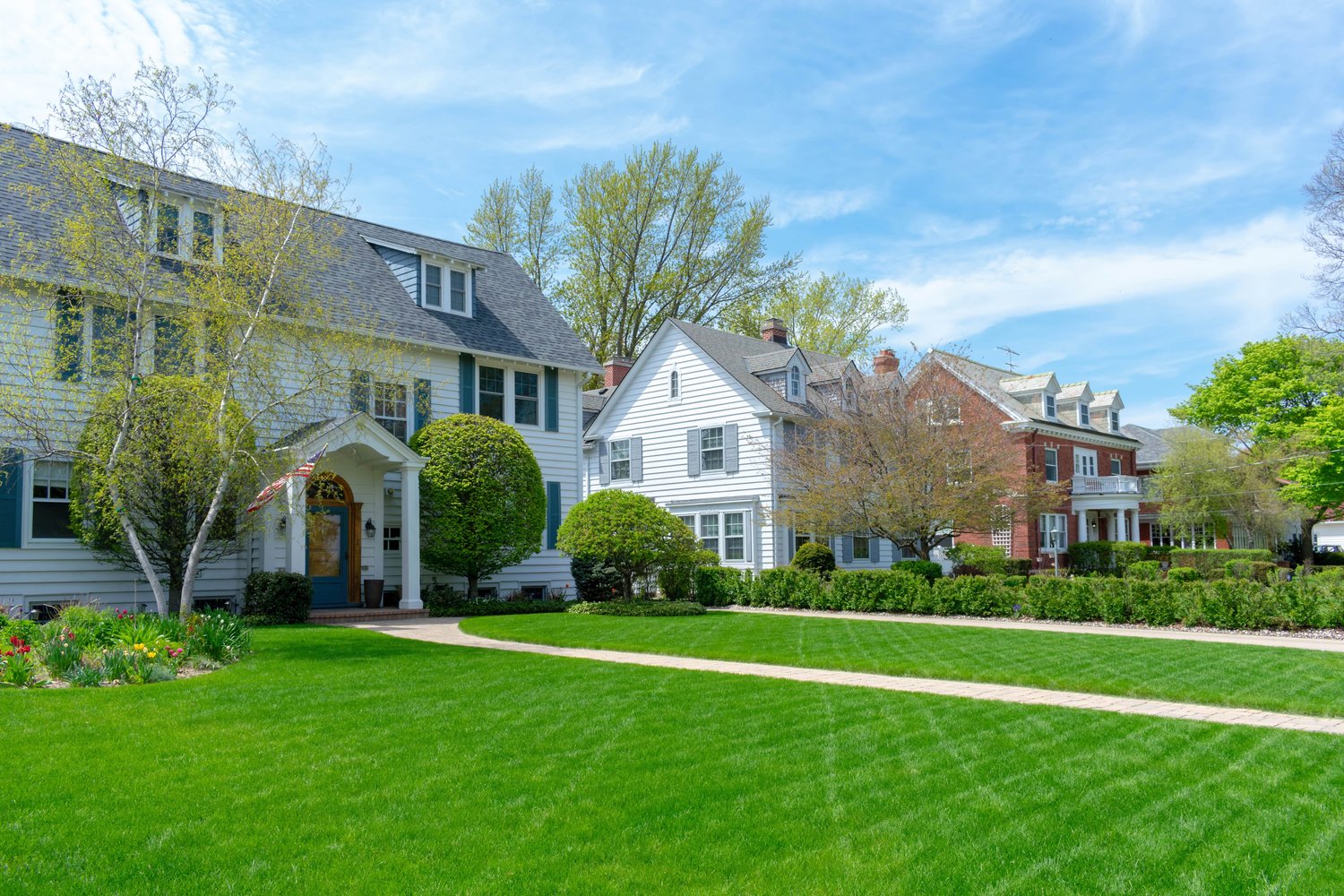Selecting the right flooring for your kitchen is a critical decision that impacts both functionality and aesthetics in one of your home’s most active spaces. The ideal kitchen flooring must withstand daily foot traffic, resist moisture from inevitable spills, and maintain its appearance despite dropped utensils and regular cleaning. This article explores the top contenders for kitchen flooring—including ceramic and porcelain tile, luxury vinyl plank (LVP), sheet vinyl, and hardwood options—comparing them based on their durability, water resistance, and maintenance requirements to help you make an informed choice for your home.
The Importance of Durability in Kitchen Flooring
Your kitchen floor endures more abuse than perhaps any other surface in your home. From heavy foot traffic to dropped pots and pans, the best flooring for kitchens must prioritize durability without sacrificing style. When assessing durability, consider the material’s resistance to scratches, dents, and wear patterns over time. Families with children or pets typically need more robust solutions, while empty-nesters might prioritize comfort underfoot. The investment in highly durable flooring often pays dividends by reducing replacement frequency and maintaining your kitchen’s appearance through years of use. Kitchen renovation experts at AskHomey recommend selecting materials rated for commercial use when seeking maximum durability, even in residential settings.
Ceramic and Porcelain Tile: The Gold Standard
Ceramic and porcelain tile have earned their reputation as the premier choice when considering the best flooring for kitchens’ durability and waterproof options. These materials excel in moisture-prone environments, making them ideal for areas susceptible to spills. Porcelain, being denser and less porous than ceramic, offers superior water resistance and is virtually impervious to liquid penetration when properly installed with sealed grout lines.
Beyond their practical benefits, these tiles offer tremendous design flexibility. From classic subway patterns to bold geometric layouts, kitchen floor tile options span a vast spectrum of colors, sizes, and finishes—including options that convincingly mimic natural stone or wood. The hard surface does mean dropped items are more likely to break, and extended standing can cause foot fatigue without anti-fatigue mats. However, with proper maintenance (regular sweeping and occasional deep cleaning), tile floors can maintain their appearance for decades, making them a cost-effective long-term investment despite higher initial installation costs.
Luxury Vinyl Plank (LVP): The Versatile Contender
When comparing kitchen floor tile vs vinyl ideas, luxury vinyl plank (LVP) has emerged as a formidable alternative to traditional tile. Modern LVP products feature multi-layer construction with a rigid core that provides exceptional stability and 100% waterproof performance—crucial factors in kitchen environments. The resilient surface withstands heavy traffic while offering more cushioning underfoot than ceramic options, making it more comfortable during extended cooking sessions.
LVP’s clicking installation system creates a floating floor that can be installed over most existing surfaces, potentially saving significant renovation time and expense. The realistic digital printing technology replicates the appearance of natural materials with remarkable accuracy, allowing homeowners to achieve the look of hardwood or stone without their inherent maintenance challenges. While LVP won’t last quite as long as tile (typically 15-25 years versus 30+ for quality tile), the easier installation and reduced strain on your budget make it an increasingly popular choice for modern kitchens.
Sheet Vinyl: Budget-Friendly Practicality
Sheet vinyl deserves consideration in any discussion of waterproof kitchen flooring options, particularly for budget-conscious renovations. This continuous, seamless material virtually eliminates the possibility of water penetration, as it contains no grout lines or connecting seams (except at room transitions). Today’s premium vinyl sheets feature enhanced wear layers that resist scratches and stains far better than previous generations of vinyl products.
Installation requires precise measurement and cutting but can be completed more quickly than tile. The cushioned backing provides a comfortable standing surface and some insulation properties. While sheet vinyl won’t add significant resale value to your home compared to tile or hardwood, its practical benefits and affordability make it a sensible option for many households, especially in rental properties or homes where a future renovation is anticipated.
Hardwood in Kitchens: Weighing the Pros and Cons
The debate over hardwood kitchen pros and cons continues among design professionals and homeowners alike. Solid hardwood flooring undeniably brings warmth and timeless appeal to kitchen spaces, potentially increasing home value. When a kitchen opens to adjacent living areas, continuous hardwood creates visual flow and spaciousness throughout the home. However, traditional hardwood’s vulnerability to moisture makes it a challenging choice for kitchens.
For those determined to use wood in the kitchen, engineered hardwood offers a more practical compromise. Its layered construction provides greater dimensional stability when exposed to humidity fluctuations. Regardless of which wood option you choose, immediate attention to spills, protective mats near wet areas, and regular refinishing are essential maintenance practices. Many homeowners find the natural beauty and comfort of wood outweigh the additional care requirements, but this remains a personal decision based on lifestyle and maintenance preferences.
For more tips and to connect with reliable home service professionals, follow AskHomey on Facebook and Instagram.



